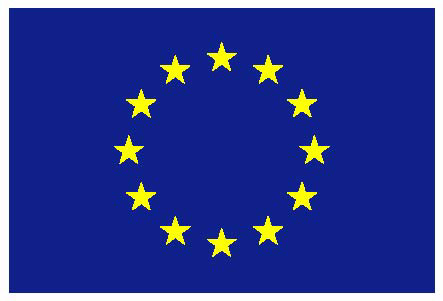Ferroelectricity in lightly doped cuprates
Twenty five years have passed since the initial discovery of high-temperature (high-Tc) superconductivity in the cuprates. The “parent” compounds of this family constitute archetypal antiferromagnetic Mott insulators, which upon carrier-doping exhibit a wide range of novel ground states, including glassy magnetic phases and unconventional superconductivity. However, determining the nature of the charge correlations coexisting with magnetic order has remained elusive, particularly in the highly underdoped limit.
Throughout this period it has been tacitly assumed that these materials do not exhibit ferroelectricity (FE), since both their crystal structure and magnetic order display
spatial inversion symmetry. Furthermore, the presence of mobile carriers at the Fermi level upon doping would seem to be a significant impediment to charge localization and ordering. In spite of this apparent impasse, several theoretical models have predicted that a FE ground state could indeed develop in these materials, a concept encouraged by an early ultrasound study in YBa2Cu3O6+x. Therefore, the La2CuO4+x, which is structurally the simplest high-Tc cuprate was chosen here in order to carry out a detailed analysis of its electronic polarization and charge dynamics in the strongly-underdoped limit, that is identify and study the emergent ground state of these materials with the first added charge carriers.
Recently, we reported the discovery of ferroelectricity in La2CuO4+x as a direct consequence of carrierdoping its undoped “parent” compound La2CuO4. In addition, a magnetoelectric effect is also observed, indicating that the charge and magnetic orders are coupled. It is further observed that the magnetoelectric response is anisotropic for different directions of electric polarization and applied magnetic field. By constructing an appropriate Landau theory, we show that a bi-quadratic magnetoelectric coupling can explain the experimentally observed polarization dependence on magnetic field. This coupling leads to several novel low-temperature effects including a feedback enhancement of the magnetization below the ferroelectric transition, and a predicted magnetocapacitive effect.
More details can be read in: arXiv:1111.0050v1 and arXiv:1112.1524v1






